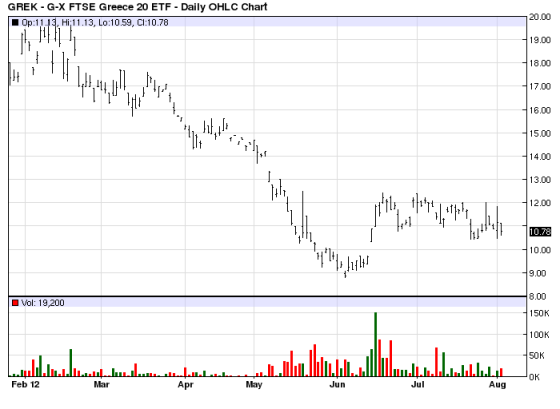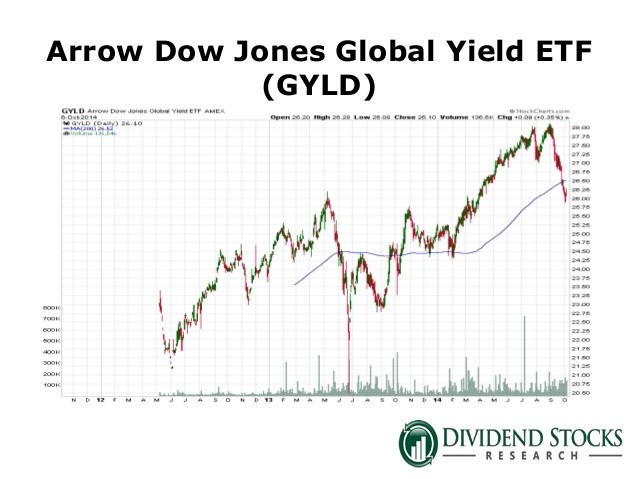Visual Risk Analysis Of Emerging Europe ETFs
Post on: 16 Март, 2015 No Comment

The ever-expanding ETF universe has spawned an array of instruments that have allowed investors of all walks and styles to shed their home country bias. Through the purchase of a single ticker, investors can now easily tap into dozens of markets overseas that were previously too difficult to reach for most. As a result, foreign equity and emerging markets ETFs have found their way into countless portfolios as investors geographically diversify their holdings while the global recovery picks up steam [see 101 ETF Lessons Every Financial Advisor Should Learn ].
While many have been quick to add exposure to China. Brazil and India. among other big-name emerging markets, one particular corner of the developing world hasnt received nearly as much attention in the financial media headlines. With most of Europe getting crushed by the weight of its own, debt its no surprise that few investors have taken a long hard look at investment opportunities across emerging economies in the region [see Ultimate Guide To Emerging Europe ETFs ].
Emerging Europe ETFs Performance Check
Similar to the BRIC group. emerging European markets stand to offer a compelling investment case for risk-tolerant investors compared to their developed market counterparts. Developing nations in this corner of the globe boast healthier balance sheets and more favorable demographic trends than indebted bellwethers like Spain and Italy, making them ripe with opportunity for those with a long-term investment horizon [see Euro Free Europe ETFdb Portfolio ].
While the various Emerging Europe ETFs out there are generally impacted by the same macroeconomic factors, they are far from identical. The chart below illustrates the differences among risk/return profiles between the biggest country-specific Emerging Europe ETFs and the broad-based SPDR S&P Emerging Europe ETF (GUR, B+ ), the developed European market as represented by the Vanguard European ETF (VGK, A+ ), and the U.S. equity market as represented by the SPDR S&P 500 (SPY, A ) [see Free ETF Head-To-Head Comparison Tool ].
Note that the risk/return profile is defined by a fund’s 200-day volatility and trailing one-year return, while the respective annual dividend yield of each ETF is represented by the size of each bubble:
- Market Vectors Russia ETF(RSX, B+ )

Keep in mind that the above chart is based on trailing returns, and as such, its composition is bound to change over time. There’s no universally right choice from the above ETFs; for some, a riskier ETF like TUR might makes sense in the right market environment, while others may be in search of a less-volatile offering like GUR. The takeaway here is to remember to take a good look under the hood before pulling the buy trigger as each product features a host of unique advantages and nuances.
[For more ETF analysis, make sure to sign up for our free ETF newsletter ]
Disclosure: No positions at time of writing.














